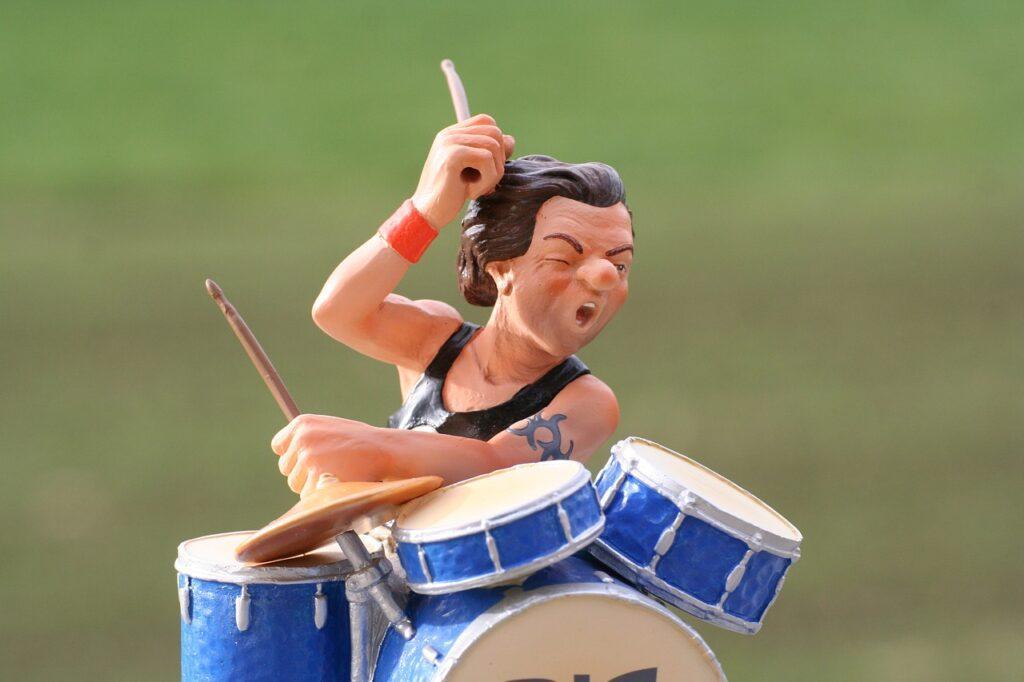Do you have a hard time singing words like “lung,” “ton,” and “done” with a strong tone? Many vocalists find neutral vowels tricky to sing with good resonance. The most common neutral vowel in English is the schwa, which you can find in words like “the,” “a,” and “up.” Good vowel production remains a critical skill for vocalists. Vowels help with singing in tune and good vocal tone and resonance. All of these things revolve around how you perform your vowels. Read more to learn about singing schwa vowels. Estimated reading time 7 minutes.
Read More

